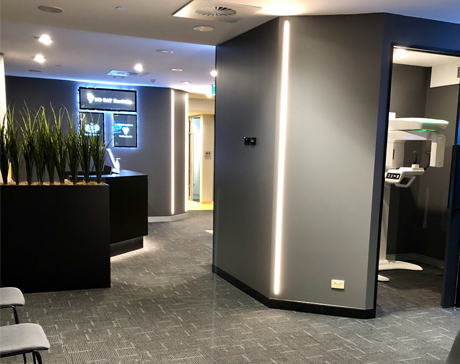With each new year passing, we are seeing advances in technology and an increase in consumer awareness of the importance of caring for their oral hygiene. It is not surprising, then, to discover that new trends are constantly emerging in the field of dentistry. Let’s take a look at some that are revolutionising the practice of dentists and oral hygienists, and how we look at our mouths…
- Botox
For most of us, Botox isn’t an unfamiliar term. But Botox to treat facial pain, teeth grinding and clenching, as well as temporomandibular joint (TMJ) dysfunction, is an alternative treatment where other behavioural adjustments, medications or procedures have exhibited limited results or been unsuccessful. While the effects of Botox injected into the muscles that contribute to TMJ or other debilitating conditions will last temporarily and will need to be repeated, sufferers will welcome their incredibly effective pain relieving powers.
- Alzheimer’s disease
Who knew that the crippling, progressive brain disorder that slowly destroys our memories could help us grow back teeth? A team of London University researchers discovered that a tiny molecule used in an Alzheimer’s drug can assist the renewal of stem cells. Instead of opting for silicon or calcium based cements or fillings to treat holes and cavities, the small molecule Tideglusib protects the tooth pulp and restores dentine, essentially growing back your teeth.
- Implants
Dental implants have gone from a limited trend in dentistry to now considered standard practice. Replacing missing teeth is an urgent health concern. Having a dental implant surgically fitted at the root and made of biocompatible titanium will fuse to your jawbone and is kind to your body.
- 3D imaging
Throughout 2016, 3D imaging emerged as a leading trend in comprehensive dental care, and will continue to transform the way we treat our patients, particularly with aiding dental implant treatments. Affordable three dimensional imaging systems provide better patient care by simplifying the need to send patients off to get external scans, instead immediately producing imagery of details such as bone structure, density, tissues and nerves not possible with traditional CAT scans. An additional advantage of 3D images is that dentists are able to zoom in on the mouth and skull and view specific areas from different angles.
- Increased consumer awareness
Teeth are obviously a vital component to a person’s overall health and can indicate telling signs of underlying or interconnected health issues away from the mouth. The increasing prevalence of dental consumables in mainstream media, from DIY teeth whitening kits to prosthodontic procedures has sparked a trend in more people seeking out professional advice from dental practitioners and self-education on healthy mouths.
To discuss a personalised oral health care plan with one of our in-house dentists, visit WisdomDentalEmergency.com.au or call us for FREE on 1300 217 858.



